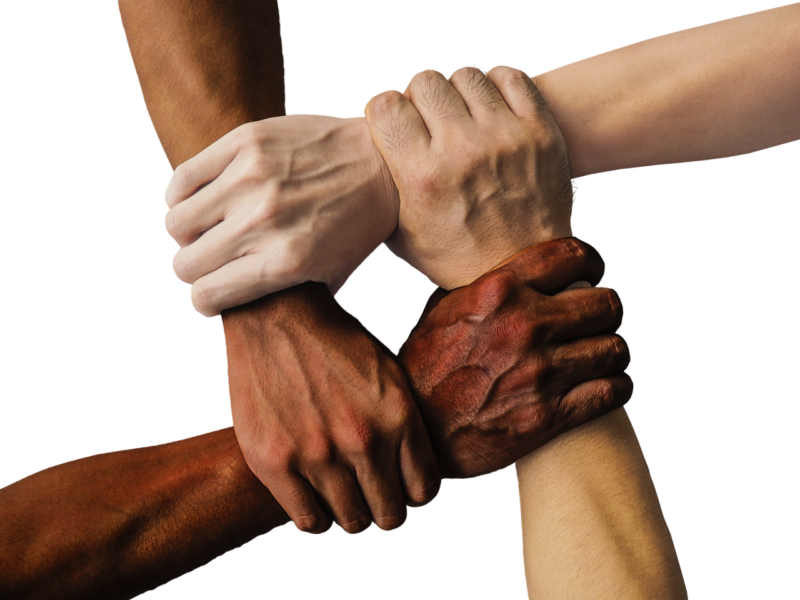
Superhero movies and comics have long enjoyed a prominent place in popular culture, captivating audiences with tales of heroism, adventure, and the fight against evil.
However, the journey towards inclusivity and representation within this genre is one that is not just about diversity in characters; it reflects broader societal shifts and the need for a more nuanced narrative that resonates with a wider audience. This article explores the significance of representation in superhero movies and comics, examining how it impacts audiences, creators, and the stories being told.
1. What Does Representation Mean?
Representation in media refers to how various groups of people, including different races, ethnicities, genders, sexual orientations, and abilities, are depicted in narratives and visual forms. In the context of superhero movies and comics, representation ensures that diverse characters exist on the big screen and in comic book panels, reflecting the richness and complexity of real-world experiences.
The representation of marginalized groups not only allows them to see themselves as heroes but also challenges traditional stereotypes and expands the narrative possibilities within the superhero genre. The call for better representation has grown louder in recent years, prompting creators and studios to re-evaluate the characters they bring to life and the stories they choose to tell.
2. The Impact of Representation on Audiences
The implications of representation are profound, especially for younger audiences who often use media as a lens through which they understand the world. When diverse characters occupy significant roles, it sends a message of inclusion and acceptance.
– Identity and Belonging: Seeing oneself reflected in a superhero—equipped with powers and facing challenges—can empower viewers from various backgrounds. It fosters a sense of belonging and validation. For example, characters like Black Panther or Spider-Man (Miles Morales) have resonated deeply with audiences, presenting heroes that share similar experiences to many young viewers.
– Challenging Stereotypes: Representation helps break down harmful stereotypes that have plagued various communities. Instead of being sidekicks or villains, characters from diverse backgrounds can occupy multifaceted roles that portray them as complex individuals. The movie Wonder Woman showcases a strong female lead who stands independently as a warrior, challenging outdated notions of femininity.
– Broadening Horizons: When audiences are exposed to a variety of cultures, experiences, and stories, it cultivates empathy and understanding. This has the potential to foster a more accepting society. Superhero narratives often touch on themes relevant to contemporary social issues, allowing conversations about gender equality, racism, and mental health to surface.
3. Notable Examples of Representation in Superhero Media
The superhero genre has seen a shift towards representation in recent years, with many characters being introduced or reimagined:
– Black Panther (2018): Directed by Ryan Coogler, this landmark film was significant in its portrayal of African culture. Not only did it feature a predominantly Black cast, but it also celebrated African traditions and stories, making it a cultural touchstone in cinema.
– Ms. Marvel (Kamala Khan): As Marvel’s first Muslim superhero, Kamala Khan broke barriers for representation, showcasing a Pakistani-American teenager grappling with her identity while navigating superpowers. Her stories resonate with many who also share the immigrant experience.
– Wonder Woman (2017): This film, featuring Gal Gadot, was iconic for its representation of women in lead roles. It presented a strong female character who is unyielding in her quest to fight for what’s right, challenging traditional gender roles in superhero narratives.
4. The Challenges of Representation
Despite the progress made, challenges remain in achieving genuine representation:
– Tokenism: Sometimes, studios include diverse characters merely to check a box rather than create well-rounded narratives. Token characters lack depth and often reinforce stereotypes, failing to create meaningful representation.
– Creative Control: Often, the creators of superhero media come from homogenous backgrounds, and their perspectives may shape narratives in ways that do not authentically represent diverse communities. Ensuring that creators from various backgrounds tell these stories is essential for authenticity.
– Audience Reception: Not all audiences have embraced the shift towards representation. Some have expressed resistance, arguing against changes to beloved characters. However, the conversation around heroism has evolved, and new narratives can exist alongside traditional ones without diminishing their significance.
5. The Future of Representation in Superhero Movies and Comics
The future is bright for representation in the superhero genre. As audiences continue to demand accountability and diversity, filmmakers and creators will need to adapt.
– Emerging Characters: The introduction of new characters such as Jon Kent (the son of Superman) and LGBTQ+ heroes like Batwoman represents progressive strides towards a more inclusive storytelling framework. The landscape is diversifying rapidly, and audiences are excited to see how these stories unfold.
– Collaboration with Cultural Experts: More productions are seeking out cultural consultants to ensure authenticity in their portrayals. This not only enriches the storytelling but also honors the cultures being represented.
– Crossover Stories: Versatile narratives that intertwine multiple cultures and backgrounds can showcase the universality of heroism. Collaborative projects that feature diverse combinations of heroes enable richer, more expansive storytelling.
Conclusion
Representation in superhero movies and comics is not simply an ethical responsibility; it is vital for the growth and evolution of the genre. As creators acknowledge the need for diverse narratives, audiences will benefit from the richness that comes with varied perspectives.
By continuing to push for more inclusive storytelling, the superhero genre can thrive, resonating with a more expansive audience and reflecting the complexities of our world. As we look toward the future, the hope is to see a superhero universe that embraces and celebrates diversity, empowering everyone who dares to dream of becoming a hero.







